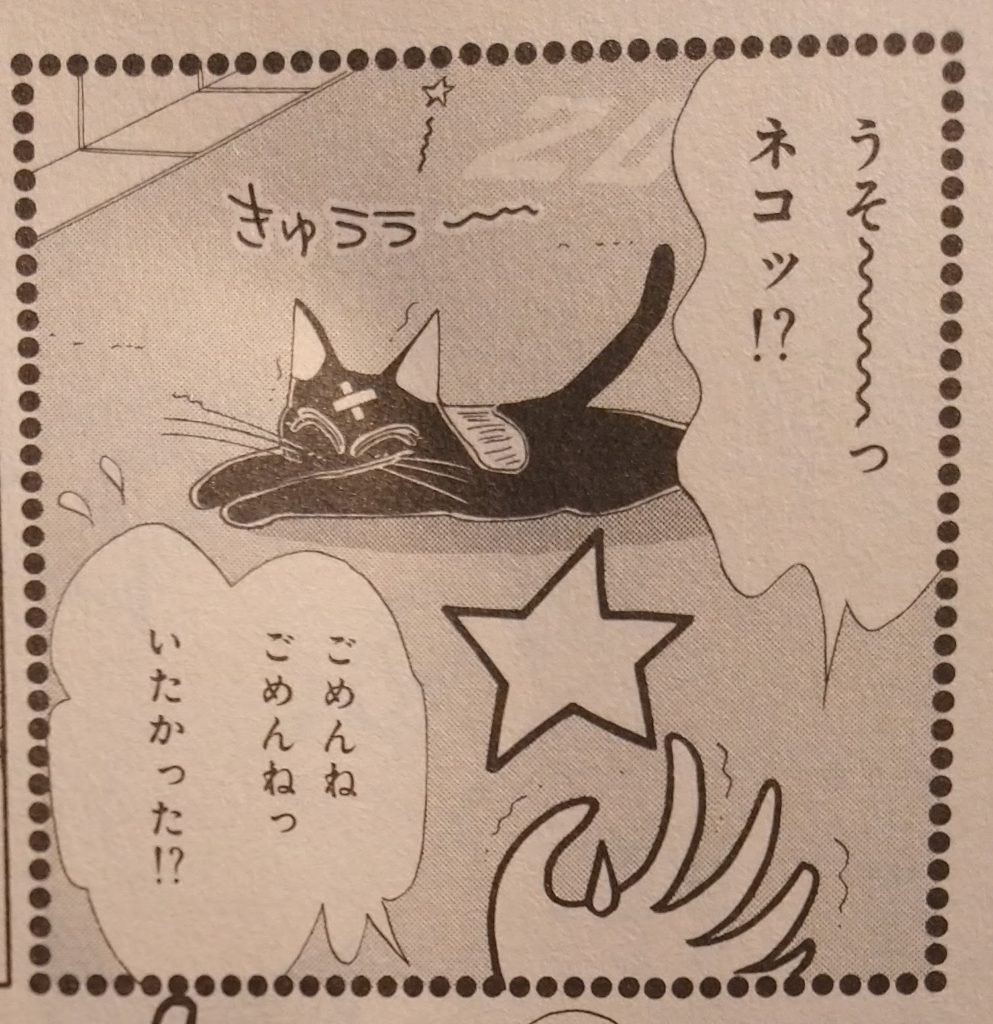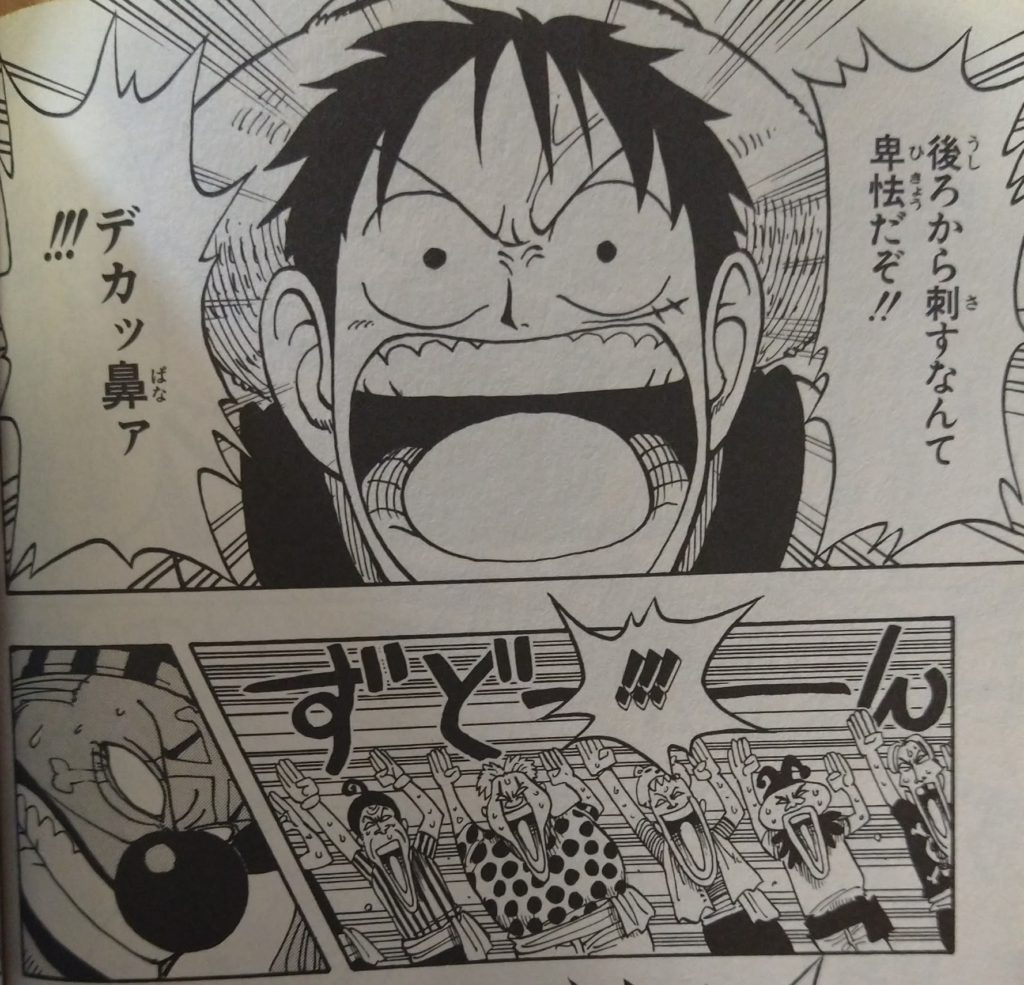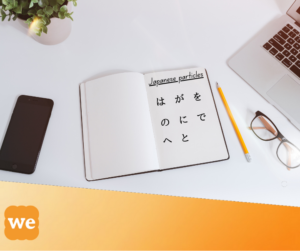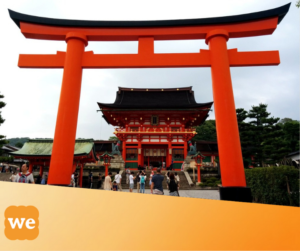
We already saw that Japanese particles are a vital part of this language because they state the grammatical function of the noun or nouns they are referring to. However, there are some Japanese particles that are put at the end of the sentence, after the verb, which emphasizes the purpose of the speaker. They are literally called "ending particles":
shūjoshi, 終助詞 ・ しゅうじょし, with the kanji 終わり, owari, which means “end”.
Therefore, they are easy to understand and use.
Finally, at the end of this article, we will focus on the differences between men's and women's speech and the ending particles they use.
The interrogative particle: か
The first ending particle to know is surely か.
か ka is the particle that replaces the question mark, meaning you can simply put it at the end of a sentence to ask a question.
元気です。 (お*)元気ですか。 I am fine. 🡪 How are you?
Genki desu. Ogenki desuka?
*The use of the honorary “お” changes the speech to a more formal one.
泳げます。 泳げますか。 I can swim. Can you swim?
Oyogemasu. Oyogemasuka?
What Are The Japanese Interrogative Pronouns?
Certainly, か is the particle to use with interrogative pronouns. We already saw how to ask and answer basic Japanese questions following the English WH words, so let's go a little deeper about it:
何 ・ nan/nani ・ What
これは何ですか。 Kore wa nan desuka? What is this?
何時ですか。 Nanji desuka? What time is it?
誰 ・ dare ・ Who
彼女は誰ですか。 Kanojo wa dare desuka? Who is she?
どこ ・ doko ・ Where
駅はどこですか。 Eki wa doko desuka? Where is the station?
日本語の教室はどこですか。
Nihongo no kyōshitsu wa doko desuka?
Where is the Japanese language class?
いつ ・ itsu ・ When
あなたの誕生日はいつですか。
Anata no tanjōbi wa itsu desuka?
When is your birthday?
どんな ・ donna ・ What kind
彼氏はどんな人ですか。
Kareshi wa donna hito desuka?
What kind of person is your boyfriend?
なぜ/どうして ・ naze/doushite ・ Why (なぜ is more used in written texts, while どうして in speech)。
「なぜたっているのか。」 「席がないからです。」
Naze tatteiru no ka? Seki ga nai kara desu.
Why are you standing? Because there are no vacant seats.
どうして遅刻しましたか。
Naze/doushite chikokushimashitaka?
Why were you late?
Ending Particles: よ・The Exclamation Particle
よ yo - This particle brings the listener’s attention to an unknown aspect. Furthermore, it highlights a recommendation, is used to give advice, and can replace the exclamation mark. It's used in informal speaking.
もう遅いですよ。 Mou osoi desuyo! It’s late!
早く来てよ。 Hayaku kiteyo! Come quickly.
一緒に行こうよ。 Isshoni ikouyo! Let’s go together!
「危ないよ」 Abunaiyo! Careful!
そんなことないよ。 Sonna koto naiyo. That’s definitely not true.
The "Confirmation" Particle: ね
The ね ne particle is used when the speaker wants to share something with the listener in dialogue. Can express wonder, a question, or an exclamation. Furthermore, from the listener's point of view, it gives confirmation of the dialogue. Fun fact: it's mostly used by women.
いい天気ですね。 Ii tenki dane! Nice day, isn’t it?
また会いましょうね。 Mata aimashoune! We’ll meet again, right?
「素晴らしい海ですね。」 「そうですね。」
“Subarashii umi dane!” Sou desune!
“The sea is amazing!” It is!
「今何時だろう?」 「何時だろうね。」
“Ima nanji darou?” Nanji daroune?
“What time could it be?” I have no idea!

The image says (starting from the right): "Uso... Neko?! Gomen ne gomen ne... Itakatta?!" - "I can't believe it, a cat?! I'm sorry I'm sorry... Did it hurt?". Here, the Japanese particle ね is put after ごめん to emphasize the apology.
Can You Combine Particles In Japanese?
Moreover, you can use Japanese particles together at the end of the sentence, like よね. Yo and ne will confirm something that is already known.
彼は日本語の教師ですよね。
Kare wa nihongo no kyoushi desuyone?
He is a Japanese language teacher, isn’t he?
京都の寺はきれいですよね。
Kyōto no tera wa kirei desuyone?
Temples in Kyōto are beautiful, aren’t they?
What Are The Gender Differences in Japanese Speech?
Before talking about other particles, we should note that in the Japanese language there are some differences between men’s and women’s speech. Besides, these differences are noticed in spoken language more than in written one.
Ending Particles: Women's speech
Women’s speech always tends to be more formal than men’s. In fact, women use more honorary prefixes お o and ご go, to sound more elegant. For example, with words like お花 (ohana) - flower, and お茶 (ocha) - tea. Of course, women avoid vulgar vocabulary, which is instead used by males.
As for female-only particles, lots of them are used to express exclamation, doubt, or simply a confirmation to the listener. They too can be combined.
First of all, かしら. Kashira expresses doubt in general, self-doubt, or a request. It can be translated as “I wonder if…”, and it is mostly used by wives and older women or by very well-educated girls.
| 来るかしら。 | Kuru kashira? | Will he/she come? |
| これでいいかしら。 | Kore de ii kashira? | Is this okay/enough? |
| あの人誰かしら。 | Ano hito wa dare kashira? | Who is that person, I wonder? |
On the other hand, there's わ wa. This article replaces the exclamation mark in feminine sentences. Again, particles ね and よ can follow it to ask for confirmation and to advertise.
| かわいいわ。 | Kawaii wa. | It’s cute! |
| 楽しみだわ。 | Tanoshimi dawa. | I’m looking forward to it. |
| きれいですわね。 | Kireii desu wa ne. | It's pretty, isn’t it? |
| おいしいわね。 | Oishii wa ne. | It’s good, isn’t it? |
| 明日雨が降るわよ。 | Ashita ame ga furu wa yo. | (Careful) Tomorrow it will rain. |
| このスカート、安いわよ。 | Kono sukaato, yasui wa yo. | Look, this skirt is cheap! |
Men's Ending Particles: ぞ and ぜ

As we said, men’s speech tends to be more informal than women’s. In particular, especially in anime, you can hear expressions like あいつ aitsu、すげー sugee that are very casual and used in informal situations only. Therefore, speaking about ending particles, there are two of them that are used only by males.
First of all, ぞ zo. This is a typical male-used particle that you can find in anime. It gives the sentence a sense of intimidation and threat. On the other hand, women can use the imperative form directly to express the same sense. For example, to give orders to their children, but with the -なさい form, which is more gentle than the imperative form.
To illustrate, let's take phrases from Anime and comic books, which are full of expressions with ぞ particle:
| 行くぞ! | Ikuzo. | Let’s go! |
| もう一度聞くぞ! | Mou ichido kiku zo! | I'll ask you one more time! (intimidating) |
| 絶対に許さんぞ。 | Zettai ni yurusanzo. | I won’t forgive him. |
| 「これからあるぞ!新世界は!」 | “Korekara aruzo! Shinsekai wa!” | “The ‘New World’ starts now!” |
Secondly, ぜ ze particle. To emphasize their statement, males can also use ze particle. However, remember that it's very informal.
| 一休みしようぜ。 | Hitoyasumi shiyou ze. | Let’s take a break. |
| このラーメンうまいぜ。 | Kono rāmen umai ze. | This ramen is tasty! |
| 「それ以上強くならないほうがいいぜ」。 | Sore ijou tsuyoku naranai hou ga ii ze. | You shouldn’t get any stronger than this. |
Finally, if you can master these ending particles, your Japanese speaking will surely sound more natural!
Author: Valeria (graduated from Ca’Foscari University Japanese Studies)


